The Xbox Series X is Microsoft's flagship next-generation console and will be available on November 10, 2020 for $499 / £449 / AU$749. Pre-orders for the new Xbox, including the cheaper Xbox Series S, will begin on September 22, 2020.
We've already seen the Xbox Series X's tower-like design, know most of the Xbox Series X games we'll be getting our hands on when the console releases later this year, and, even though Halo Infinite has been delayed, know a whole bunch about backwards compatibility, including how cross-gen game ownership will work under the new Smart Delivery feature.
As mentioned, though, we now know that the Xbox Series X will be launching without its flagship title: Microsoft and 343 Industries revealed in August 2020 that they're pushing back the launch of Halo Infinite until 2021. The Xbox Series X will still have a decent launch lineup, some of which has already been revealed during July's Xbox Games Showcase, but the delay still stings.
That said, we do now know the Xbox Series X price and release date: $499 / £449 / AU$749 on November 10, 2020. Microsoft has also confirmed that its flagship console will launch alongside the cheaper, but less powerful, Xbox Series S, which will cost $299 / £249 / AU$499.
But what are you getting for your money? The Xbox Series X design goes against the grain compared to previous Xbox consoles, making it look similar to a small gaming PC - which is fitting considering it's on par with one. Thanks to Microsoft giving us the Xbox Series X's full specs, we can say for sure that the new Xbox is an absolute powerhouse. While we cover these in more detail down below, the short of it is that the new Xbox is rocking an eight-core AMD Zen 2 processor running at 3.8GHz and a custom RDNA 2 AMD GPU that puts out 12 TFLOPs of processing power, as well as 16GB of GDDR6 memory.
When it comes to other Xbox Series X features, the next-gen console will have ray-tracing, a super-fast SSD, and potential 8K capabilities, while also being backwards compatible with four generations of Xbox games.
Want all the juicy details? Here's everything we know about the Xbox Series X.
[UPDATE: Sony has finally announced the PS5 price and release date. Read on to find out more.]
Xbox Series X: key facts
- What is it? Xbox Series X will be the next-gen Xbox console.
- Xbox Series X release date: November 10, 2020.
- What can I play on it? Loads of games! Including Halo Infinite, Hellblade 2 and Assassin's Creed Valhalla, with much more to come.
- What will the Xbox Series X cost? $499 / £449 / AU$749
- Can I play Xbox One games on the Xbox Series X? Yep! All previous generations of Xbox games will be playable through backwards compatibility.
- Is the Xbox Series X better than PS5? It's still unclear but you can check out all the key similarities and differences in our PS5 vs Xbox Series X comparison piece.
- Will the Xbox Series X support Xbox One accessories? Yep! Microsoft has confirmed all existing Xbox One accessories will be supported on Xbox Series X.
- Will Xbox Series X have VR? Microsoft has confirmed Xbox Series X won't have VR at launch, with Xbox boss Phil Spencer saying the company is waiting until Xbox VR is a "no-brainer".
- Will coronavirus delay the Xbox Series X release? No, the console is set to release on November 10, 2020.
Xbox Series X release date
Microsoft had previously given the release window of "Holiday 2020" for the new Xbox - which meant we'd likely see the Xbox Series X release worldwide between October and December this year. But now the company has confirmed in an Xbox Wire post that it's coming on November 10, 2020. The Xbox Series S will release at the same time and both consoles will be available to pre-order on September 22, 2020.
Interestingly, Sony has pegged November 12, 2020 as the release date for the PS5, just two days after the launch of Xbox Series X and Series S. That early lead could be a double-edged sword: it might give Xbox an early lead in sales, as some gamers might simply want the earliest next-gen console available, or it could swing the other way and gamers might not buy any console until both are available.
November is historically when we've seen new Xbox consoles launch and a release at the start of the month gives consumers time to get those orders in before Christmas. Releasing in November also allows the Xbox Series X to launch ahead of upcoming AAA titles such as Assassin’s Creed: Valhalla, Cyberpunk 2077, and Call of Duty Black Ops: Cold War which are all due to release in mid-to-late November, while also avoiding the launch being lost in the shuffle of Black Friday - which falls two weeks later.
- Xbox Series X vs Xbox Series S: which Xbox is right for you?
Xbox Series X price

After much speculation, Microsoft has finally announced that the Xbox Series X price will be $499 / £449 / AU$749. A new Windows Central report correctly sourced the price of the Xbox Series S, and indeed the Xbox Series X predicting the console would cost $499. A monthly finance plan of $35 per month is also available as part of Xbox All Access.
Xbox Series X is considerably more powerful than either the Xbox One S or Xbox One X, and its higher price tag reflects that. Any bundles and Xbox Series X pre-orders will likely exceed the $499 RRP.
So how does that stack up against Sony? Well, quite favorably, really. The PS5 is also targeting $499 / £449 / AU$749 for the regular PS5 and $399 / £359 / AU$599 for the PS5 Digital Edition. What you'll notice there is that while both premium consoles cost the same, Microsoft has the edge in the digital console race by shaving $100 off the sticker price, giving it a slight leg up... well, at least on paper.
- PS5 vs Xbox Series X: which next-gen console should you buy?
Xbox Series X specs

- CPU: 8x Cores @ 3.8 GHz (3.6 GHz w/ SMT) Custom Zen 2 CPU
- GPU: 12 TFLOPS, 52 CUs @ 1.825 GHz Custom RDNA 2 GPU
- Die Size: 360.45 mm2
- Process: 7nm Enhanced
- Memory: 16 GB GDDR6 w/ 320b bus
- Memory Bandwidth: 10GB @ 560 GB/s, 6GB @ 336 GB/s
- Internal Storage: 1TB Custom NVME SSD
- I/O Throughput: 2.4 GB/s (Raw), 4.8 GB/s
- Expandable Storage: 1TB Expansion Card (matches internal storage exactly)
- External Storage: USB 3.2 External HDD Support
- Optical Drive: 4K UHD Blu-Ray Drive
- Performance Target: 4K @ 60 FPS, Up to 120 FPS
We know what Xbox Series X looks like and what it's packing under the hood, and it's going to be an absolute beast of a console. The new Xbox's gaming PC design is pretty apt, considering the next-gen console's internal hardware is comparable to one - so make sure you check out our Xbox Series X spec analysis.
Digital Foundry analysis
The folks over at Eurogamer’s Digital Foundry got a close look at the hardware and, alongside Microsoft, announced the hardware that will be powering the Xbox Series X. According to Digital Foundry, the specs confirm that the Xbox Series X will indeed be twice as powerful as the Xbox Once X… in practice.
Digital Foundry saw an unoptimized version of Gears 5 running on the Xbox Series X running at the equivalent of ‘Ultra’ graphics settings on PC, and it comes with enhanced shadows and ray tracing. Where the cut scenes ran at 30FPS on the Xbox One X, Digital Foundry reported that on the Xbox Series X, it runs at a ‘flawless’ 60FPS. Also, this is an early port – on release we should see even better results.
As expected, the Xbox Series X processor is built into a custom Project Scarlett SoC (System on Chip), which uses an enhanced version of TSMC’s 7nm process. That seven nanometers is important. The smaller the process, the more efficient the chip can be. That means it can provide more performance for less power.
Making sure the chip inside a games console can perform well without using lots of power (and getting hot) is incredibly important. Based on the prototype hardware Digital Foundry seen, the Xbox Series X reportedly ships with a 315W power supply - delivered internally but the console is also equipped with parallel cooling architecture, allowing cool air in and letting that cool air stream through separate areas of the console.
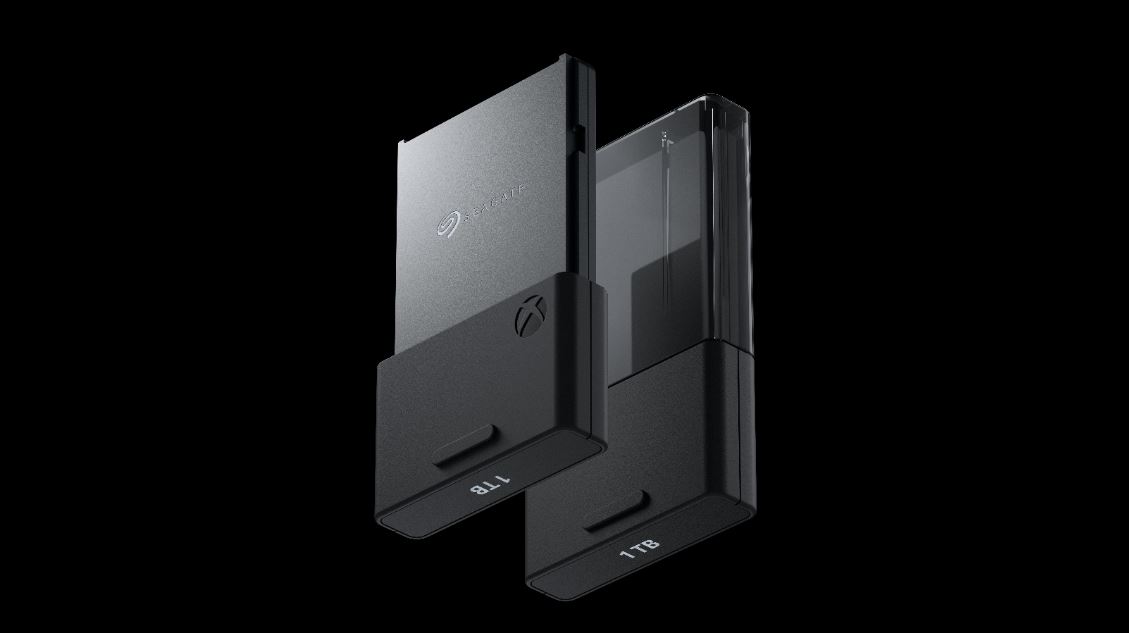
A custom processor and graphics card from AMD
The processor is a customized AMD Zen 2 CPU with eight cores and 16 threads, with a peak speed of 3.8GHz, and a base speed of 3.6GHz.
As Digital Foundry reveals, these frequencies aren’t completely locked, which suggests the Xbox Series X could adjust the power of the CPU based on workload and thermals. So, if you’re playing a game that needs a lot of processing power, the Xbox Series X can give its CPU a boost, and then slow it down when you don’t need it.
Meanwhile, the GPU of the Xbox Series X is also a custom design with 12 teraflops of compute performance, with 3328 shaders allocated to 52 compute units, and runs at a locked 1,825 MHz. Interestingly, there’s no boost clocks for the GPU. It will always run at that speed.
The Xbox Series X also uses AMD’s RDNA 2 architecture, and offers ray tracing for photo-realistic lighting. What does this mean in the real world? It seems the Xbox Series X will have the graphical power acquirement to a gaming PC with an Nvidia RTX 2080 graphics card. So, a very capable device indeed, but maybe not able to compete with the most powerful gaming PCs.
More memory for a smoother experience
The Xbox Series X also gets 16GB of GDDR6 memory – an upgrade from the Xbox One X’s 12GB GDDR5. That won’t all be used in games, however. Games will get a total of 13.5GB – 10GB of GPU optimal memory and 3.5GB of standard memory, while the remaining 2.5GB is reserved for the operating system, so the user interface of the Xbox Series X should run a lot faster.
The faster GDDR6 memory should also offer a big leap in performance. Match that with a super-fast NVMe SSD, and the Xbox Series X should feel very spritely when used.

8K capability
Despite 4K being the aim, Microsoft has said the Xbox Series X has 8K capability. Phil Spencer even previously changed his Twitter profile photo to (what appeared to be) a picture of the next-gen Xbox Series X's processor. It said 'Project Scarlett' on it (the codename for next-gen Xbox consoles), and was marked with '8K' (pictured above), suggesting Microsoft plans on doing more than simply talking the talk when it comes to 8K.
Variable Rate Shading
Microsoft is aiming to get Xbox Series X games to run at 60 FPS in 4K, calling the challenge a "design goal". The console will support up to 120 FPS too. The Xbox Series X will also feature Variable Rate Shading, which prioritizes effects on different in-game characters and objects for a "more stable frame rate and higher resolution", according to Microsoft.
Velocity Architecture
Made of of four key components, a custom NVME SSD, hardware accelerated decompression blocks, a brand new DirectStorage API layer and Sampler Feedback Streaming (SFS), Velocity Architecture will allow the Xbox Series X to deliver performance beyond its raw specs, virtually eliminating loading times, reducing game file sizes and allowing for the creation of bigger, more immersive, game worlds. In addition, it's the key to the Xbox Series X's Quick Resume feature, which allows players to seamlessly jump back into where they left off in a game.
Seagate expandable storage
The Xbox Series X Seagate expansion card looks like a cross between an external hard drive and USB thumb drive, and it’s designed to be plugged directly into the proprietary port on the back of the Xbox Series X console. While we don’t love proprietary ports, this looks like it’ll be used so that the speeds of the Xbox Series X expansion card match the speeds of the internal SSD inside the Xbox Series X. This means that, when playing games from the expansion card, there won’t be any impact to performance, which would happen if you used a slower external USB hard drive.
The Seagate website explains how this could be used with the Quick Resume feature of the Xbox Series X – where gamers can switch between games instantly without having to load the games again. It seems that switching between games on the internal SSD and the expansion card will be seamless (though you need to buy the expansion card separately).
The Seagate expansion card's flash memory is custom PCIe Gen4x2 NVMe with a capacity of 1TB.
Ultrawide support
Not only will games look better, they could be bigger. In an interview with PCGamesN, Samsung revealed that it's talking with Microsoft and pushing the gaming behemoth to adopt ultrawide support for the Xbox Series X. Nothing has been confirmed as of yet, though.
Super-fast SSD
The Xbox Series X will make good use of having an SSD – a 'Quick Resume' feature for the console will let you "almost instantly" continue with multiple games, without the need to sit through load screens.
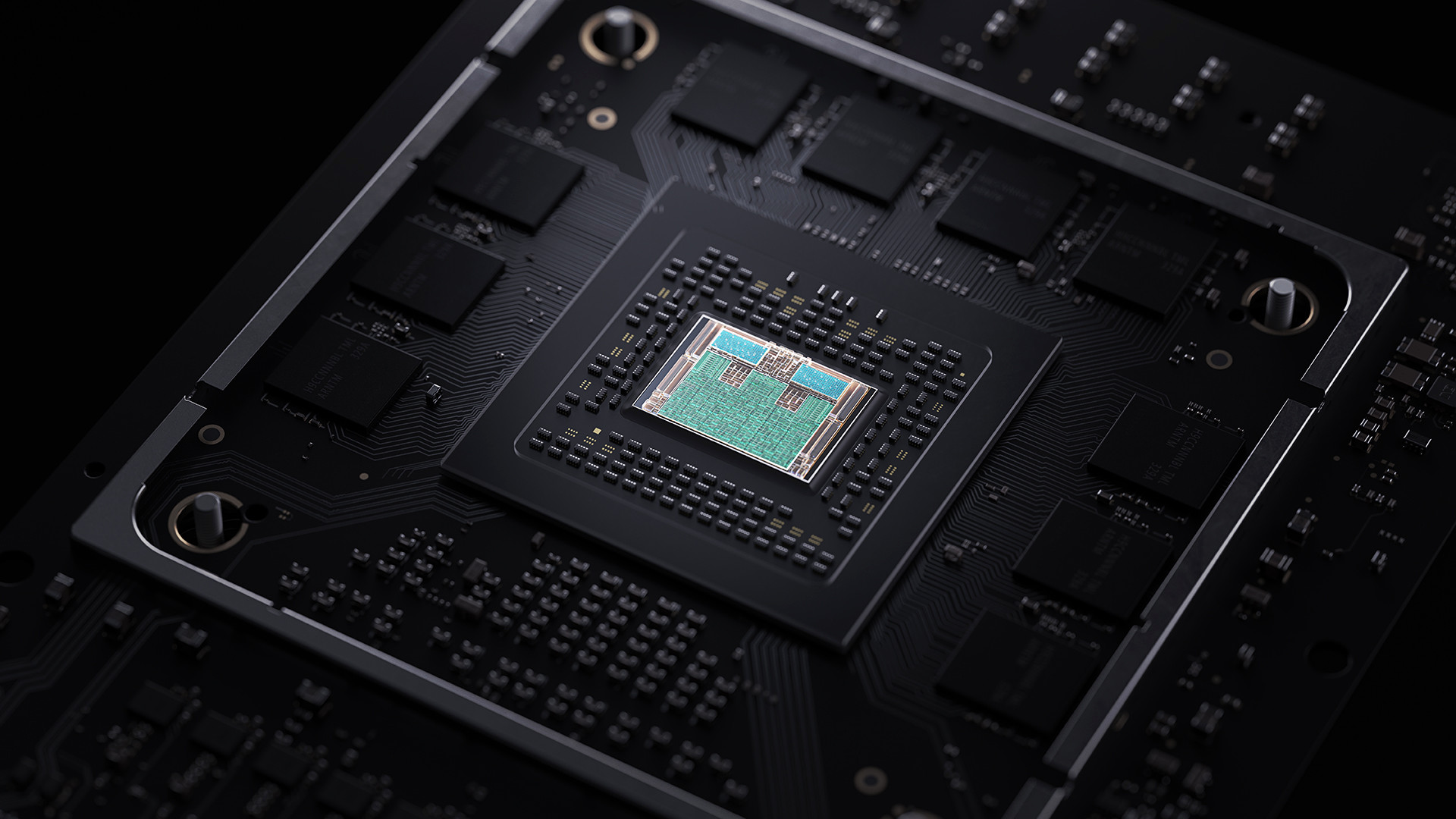
Improved latency
Microsoft also aims to improve latency through features such as Auto Low Latency Mode (ALLM) and Variable Refresh Rate (VRR). According to Microsoft, "ALLM allows Xbox One, Xbox Series S and Xbox Series X to automatically set the connected display to its lowest latency mode". While "VRR synchronizes the display’s refresh rate to the game’s frame rate, maintaining smooth visuals without tearing". These features aim to minimize lag and make gaming more responsive.
However, don't expect video to do the Xbox Series X's power justice. Xbox boss Phil Spencer believes that it’s been challenging to demonstrate just how much of a leap Xbox Series X will be over Xbox One, as faster and more stable frame rates aren’t something that really comes across in videos.
Speaking to ex-Nintendo of America president Reggie Fils-aime on his new podcast (thanks, GameSpot), Spencer lamented the fact that gamers might not appreciate the power of Xbox Series X just yet.
"One of the things I've talked about publicly ... but it's hard to come across, is the way it feels to play games on a box where frame rates are higher, frame rates are more stable," Spencer explained. "The fluidity of it, showing that in video form, is just impossible. How do you show how something feels?"
Backwards compatibility with Xbox One accessories
Microsoft has also confirmed that all your current Xbox One accessories will work with Xbox Series X, including existing controllers and headsets. But we'd doubt that also includes the ill-fated Kinect motion tracker.
That means that the Xbox Elite Wireless Controller Series 2 will be forward compatible with Series X, but Microsoft is also launching a next-generation wireless controller to accompany the new console.
- Read our guide to getting ready to upgrade your TV for Xbox Series X
- Here's how to get Microsoft's 4K theme for free on PC
Xbox Series X design
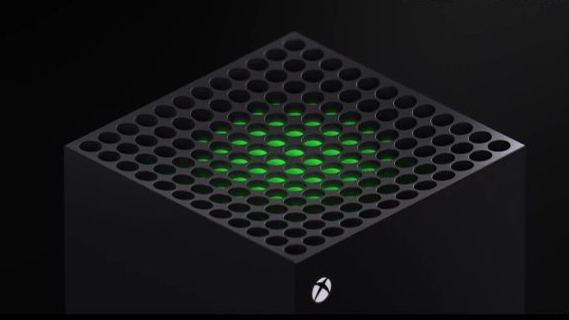
Xbox Series X has a completely different design to its predecessors. For a start, the next-gen console has an upright tower design - similar to that of a gaming PC. However, Microsoft has confirmed Series X can sit horizontally or vertically.
From what we've seen so far, the console is black with slightly indented cooling vents on the top (with a green hue inside). The Xbox logo sits small on the top left hand corner of the console and there's still a disc drive - which is placed on the left hand side also.
The Xbox Series X has the following ports: HDMI 2.1 output port, three USB 3.2 ports, one networking port, an expanded storage slot and a power input port.
The console reportedly measures 15.1cm x 15.1cm x 30.1cm and weighs 4.45kg/9.8lbs.
Xbox Series X controller
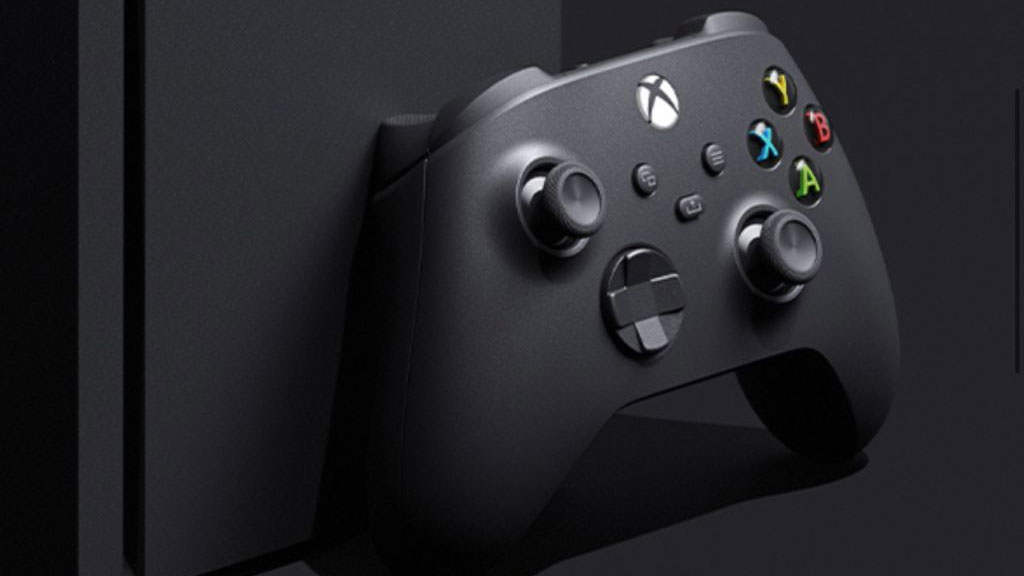
Microsoft is releasing an Xbox Series X controller to accompany its next generation console. The new Xbox Wireless Controller will apparently be more accessible to everyone, as Microsoft has made an effort to refine the size and shape.
This shouldn't be too surprising to anyone that's been following the tech giant, as it's been making waves for accessibility in gaming for a while now with products like the Xbox Adaptive Controller. Along with enhanced accessibility, we'll also be getting a dedicated share button (finally) that will let you share screenshots and videos with your friends.
Microsoft has also revealed that it is optimizing latency in the "player-to-console pipeline" starting with our Xbox Wireless Controller, through a new feature called Dynamic Latency input. According to the company, this feature "synchronizes input immediately with what is displayed", making controls "more precise and responsive".
- PS5 DualSense controller vs Xbox Series X controller
- Xbox Series X controller: everything we know so far
- Here's everything we know about the DualSense PS5 controller
Xbox Series X: what will I be playing?
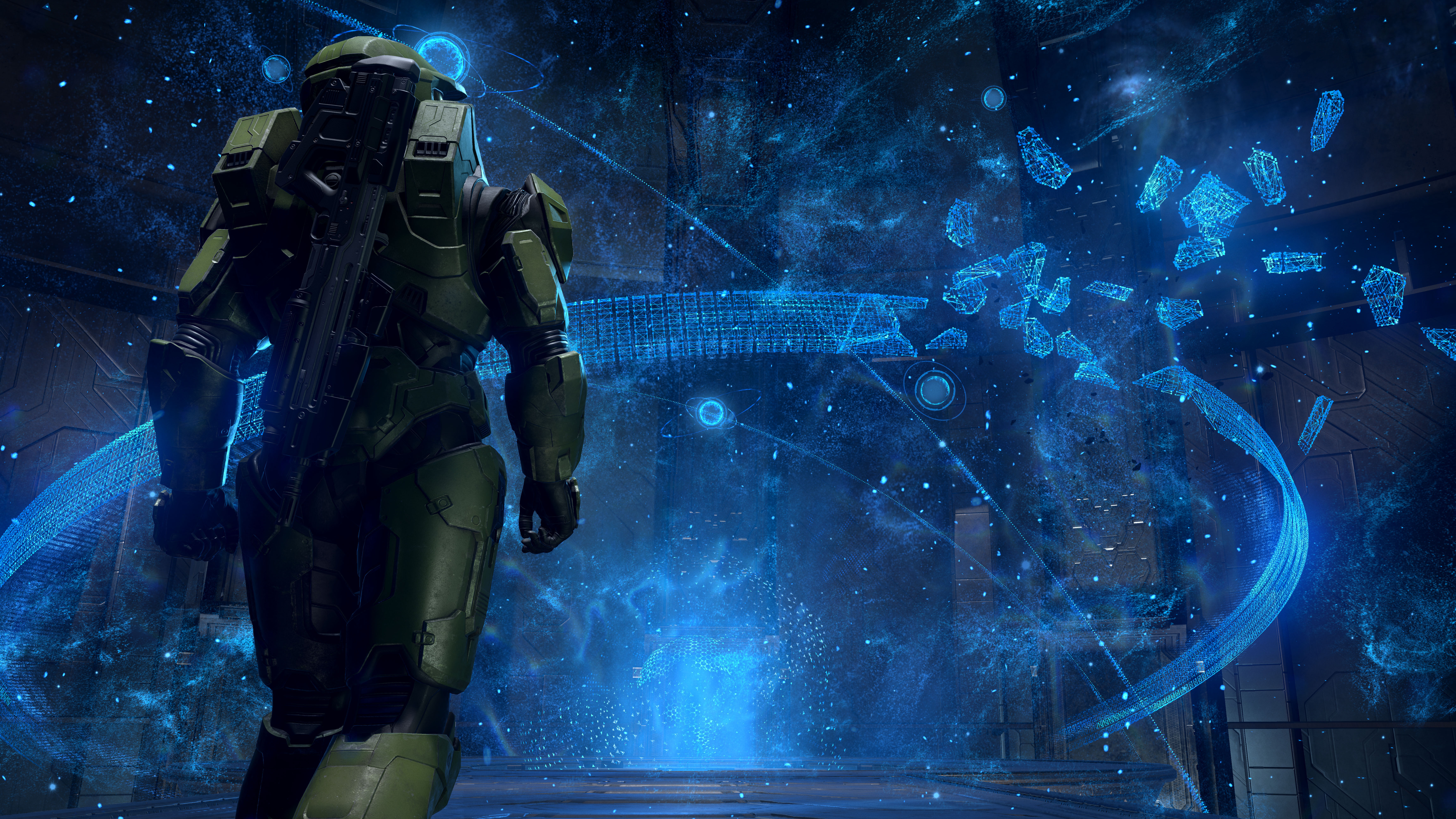
We now have a pretty good idea of the Xbox Series X games we'll be getting our hands on when the new Xbox releases later this year. On May 7, Microsoft revealed a roster of third-party games coming to the new Xbox including Dirt 5, Scorn, Madden 21 and more. Then on July 23, we got a good look at first-party Xbox Series X games including a new Fable, Obsidian RPG Avowed and our first look at Halo Infinite gameplay.
Between these announcements, we've also had confirmation of a host of other Xbox Series X games we'll be getting our hands on. For a full look at the dozens of Xbox Series X games that have been confirmed so far, check out our full Xbox Series X games round-up.
But what else do we know about Xbox Series X games so far? During the Xbox Series X's official reveal, Phil Spencer said Series X games will be "more lifelike, immersive and surprising" and that the Xbox Series X will "lead us into the future of gaming". He also stated that 15 Xbox Game Studios are building a huge next-generation library that includes Hellblade 2: Senua's Saga and Halo Infinite (however neither will be available at launch, with Halo Infinite delayed until 2021).
Not a Halo fan? Don't worry, Xbox Series X will be capable of four generations of backwards compatibility - with the feature available from launch. That means the Series X will be able to play existing Xbox One games like Destiny 2 as well as backward-compatible Xbox 360 and original Xbox games. Not only that, but these games will "play better than ever before" thanks to Microsoft's new HDR reconstruction technique and the Xbox Series X's Quick Resume feature - without requiring additional work from developers.
In addition, the Xbox Series X's powerful specs will enable select backwards-compatible titles to run at higher resolutions or double the frame rate.
Not only is Microsoft doubling down on backwards compatibility, but the company is also introducing a new system called Smart Delivery to the Series X that, in some respects, could be seen as forwards compatibility.
With the Xbox Series X, Smart Delivery will seemingly ensure that you have the right version of a game, no matter which Xbox console you’ve bought it on, allowing users to upgrade compatible games to next-gen versions for free through the program. Not only that but save data will be able to be carried backwards and forwards between the Xbox Series X, Xbox Series S and Xbox One, allowing players to pick up and play on both current-gen and next-gen consoles. We already know some of the games which will utilize this feature, including Cyberpunk 2077.
We also know that Microsoft's game-streaming service Project xCloud will be out of public testing by the time Xbox Series X releases (with the service officially launching in September) so we should be able to enjoy Series X games on-the-go.
For those who aren't quite sold on upgrading to Series X quite yet, but still want to check out the best upcoming games, Microsoft has stated that there won't be Xbox Series X exclusive games for at least a year and, for the foreseeable future, new games are planned to work across the Xbox family of devices. That means you'll still be able to play them on Xbox One.
- Xbox Series X games: all the games confirmed and expected
- Xbox Game Pass vs PS Now: which is the best game subscription service?
- Best Xbox One games: the most essential Xbox One releases
What about Xbox Series S?
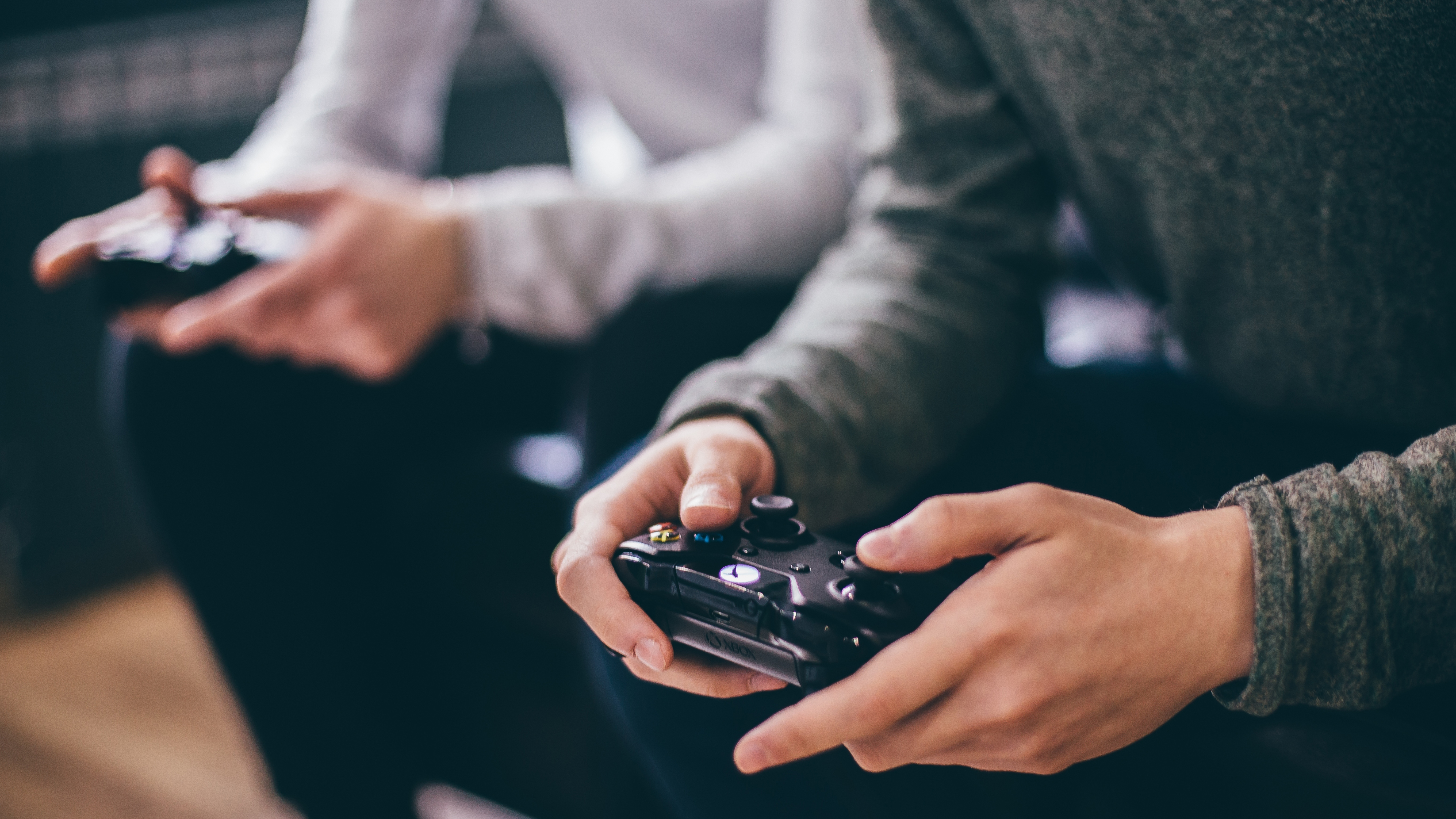
The Xbox Series S (codenamed 'Project Lockhart') is the now-confirmed cheaper console from Microsoft. The Xbox Series S specs, price and release date have been revealed – it's going to cost $299 / £249 / AU$499, and features a 512GB SSD for storage.
- Xbox Series X vs PS5: what we know so far
- These are the best Xbox One gaming headsets
- Xbox Series X games won't leave older Xbox One consoles behind
from TechRadar - All the latest technology news https://ift.tt/2PT37tN
No comments:
Post a Comment